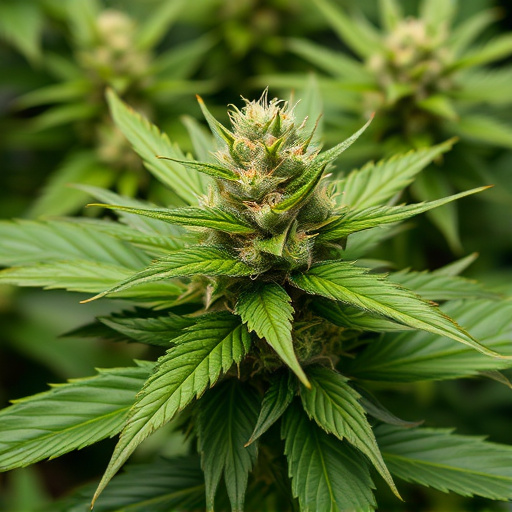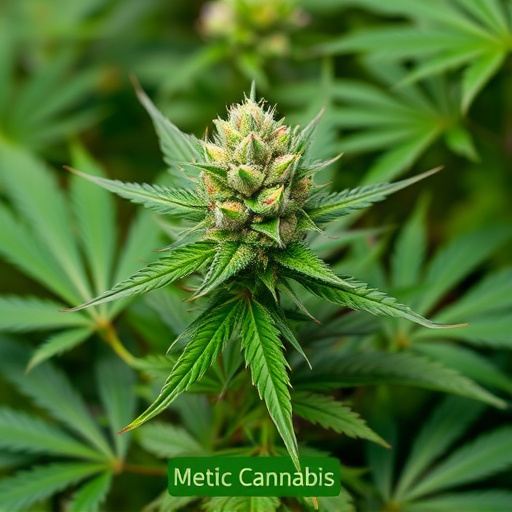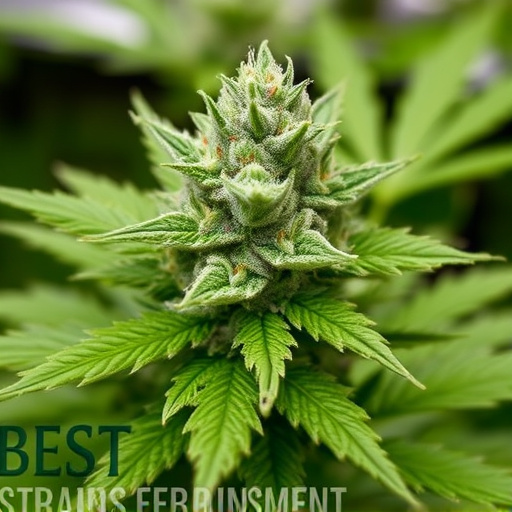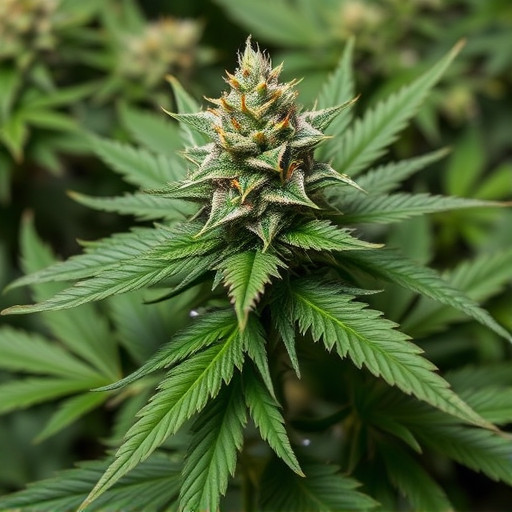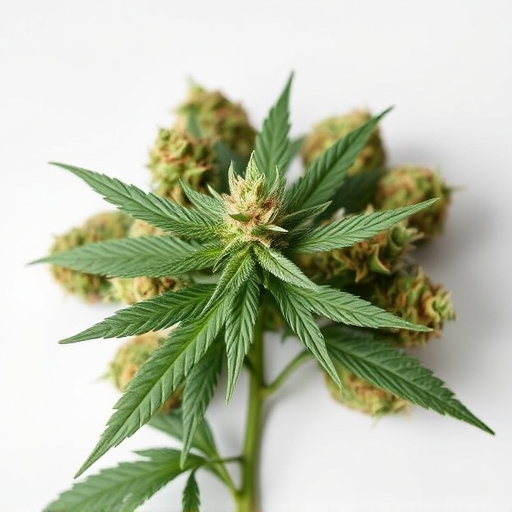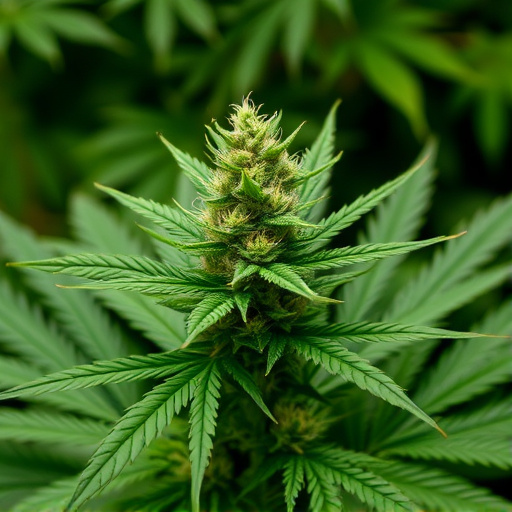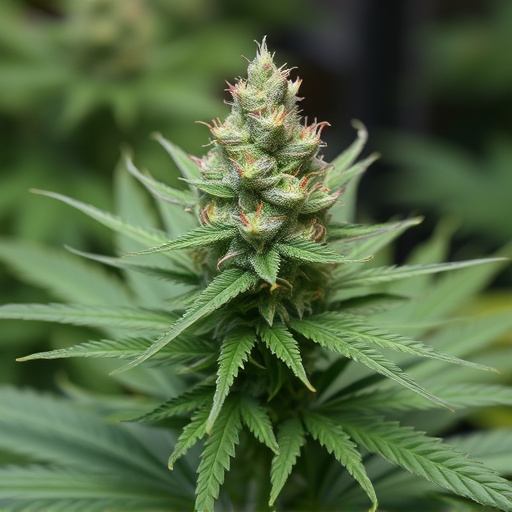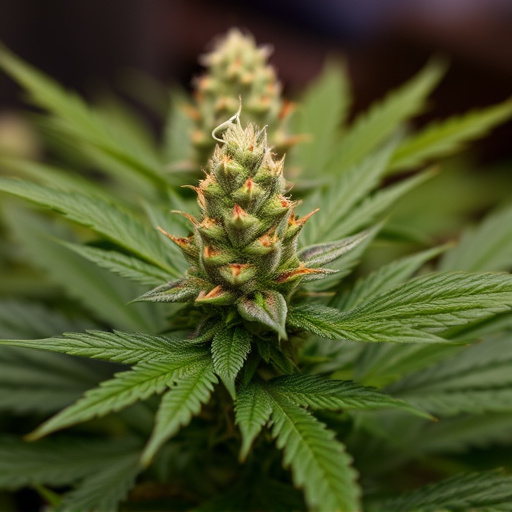Cannabis flowers contain cannabinoids THC and CBD, which interact with our body's endocannabinoid system for various health benefits. THC aids conditions like chronic pain and anxiety, while CBD offers anti-inflammatory and anxiolytic effects. Medical marihuana strains are cultivated to maximize these compounds, providing personalized treatments for specific health needs such as anxiety, epilepsy, inflammation, PTSD, insomnia, and chronic pain. Selecting the right medical marihuana strains is key; high-THC strains offer pain relief and appetite stimulation, while CBD-rich strains provide anti-inflammatory and anxiolytic properties without a psychoactive effect. Patients should consider their conditions, desired outcomes, research cannabinoid content, and consult healthcare professionals specializing in medical marijuana for safe, effective treatment.
Cannabis flower, with its diverse compounds known as cannabinoids, has gained significant attention for its potential medical benefits. This article delves into the science behind these compounds and explores how cannabis flower can treat specific conditions effectively. We’ll guide you through understanding the role of different cannabinoids, discovering suitable medical marijuana strains, and optimizing your treatment journey. By the end, you’ll be equipped to make informed choices regarding medical marihuana strains for your individual needs.
- Understanding Cannabinoids and Their Medical Properties
- The Role of Cannabis Flower in Treating Specific Conditions
- Choosing the Right Medical Marijuana Strains for Optimal Benefits
Understanding Cannabinoids and Their Medical Properties
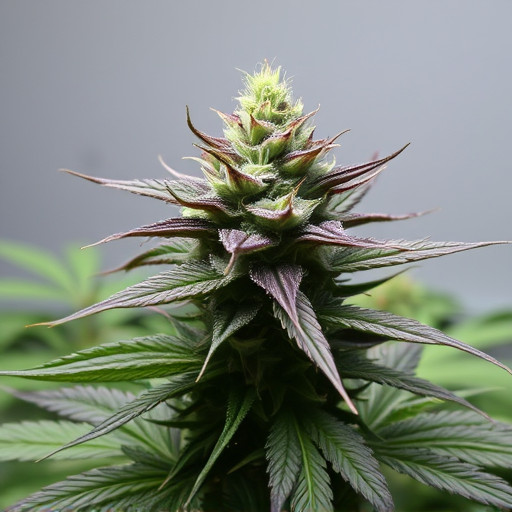
Cannabis flowers contain a diverse range of chemical compounds known as cannabinoids, with the two most well-known being THC (Tetrahydrocannabinol) and CBD (Cannabidiol). These compounds interact with our bodies’ endocannabinoid system (ECS), which plays a crucial role in maintaining homeostasis or overall balance. This interaction is what gives cannabis its unique medical properties.
THC, for example, acts as a partial agonist of the CB1 receptor in the brain, influencing mood, memory, and sensory perception, making it useful for managing conditions like chronic pain, anxiety, and multiple sclerosis symptoms. On the other hand, CBD doesn’t bind to CB1 receptors but instead interacts with other targets in the ECS, offering anti-inflammatory, anticonvulsant, and anxiolytic effects. The variety of cannabinoids present in different medical marihuana strains contributes to their distinct therapeutic benefits, allowing for personalized medicine based on specific health needs.
The Role of Cannabis Flower in Treating Specific Conditions
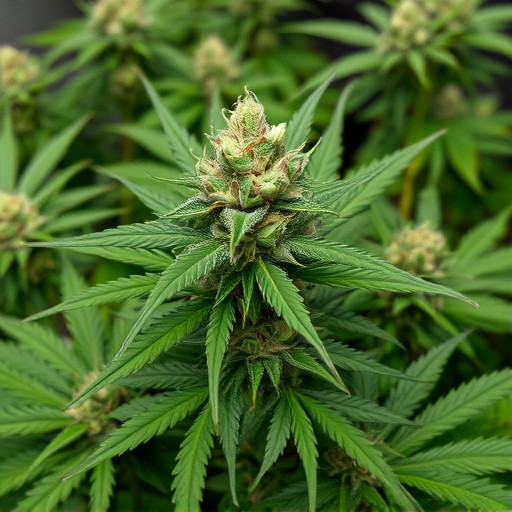
The cannabis flower is a versatile medicine, offering potential therapeutic benefits for a wide range of conditions. Its primary active compounds, tetrahydrocannabinol (THC) and cannabidiol (CBD), play distinct yet complementary roles in treating various ailments. THC, known for its psychoactive effects, has shown promise in managing pain, stimulating appetite, and reducing nausea—making it particularly beneficial for patients undergoing chemotherapy or living with chronic conditions like multiple sclerosis. On the other hand, CBD, non-intoxicating and legal in many regions without a prescription, is gaining attention for its anti-inflammatory, anxiolytic (anxiety-reducing), and anticonvulsant properties.
Medical marihuana strains are carefully cultivated to maximize these beneficial compounds, offering tailored treatments for specific conditions. For instance, high CBD strains are often sought by patients looking for relief from anxiety, epilepsy, or inflammation without the mental alterations associated with THC. In contrast, balanced THC-CBD profiles can be effective in managing post-traumatic stress disorder (PTSD), insomnia, and chronic pain. As research continues to unravel cannabis’s complex chemistry, a growing body of evidence supports its role as a valuable addition to modern medicine, providing hope for improved quality of life among patients facing diverse health challenges.
Choosing the Right Medical Marijuana Strains for Optimal Benefits
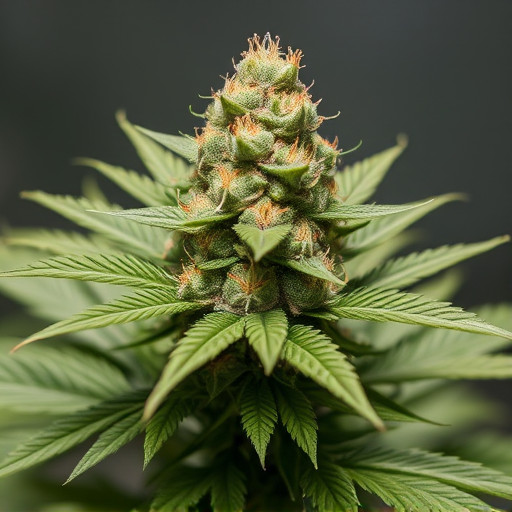
When seeking optimal benefits from medical marijuana, selecting the right medical marihuana strains is paramount. Different strains offer unique profiles of cannabinoids, such as THC and CBD, which have distinct effects on the body and mind. For example, high-THC strains can provide potent pain relief and appetite stimulation, making them ideal for patients dealing with severe chronic pain or nausea from chemotherapy. Conversely, CBD-rich strains are favored by those looking for anti-inflammatory and anxiolytic properties without the psychoactive high.
To make an informed choice, consider your specific medical condition and desired effects. Research various strains to understand their cannabinoid content and terpene profiles, which can influence aroma, flavor, and potential therapeutic benefits. Consult with a healthcare provider or compassionate care professional who specializes in medical marijuana to find the best fit for your unique needs and ensure safe, effective treatment.
Cannabis flower, with its diverse range of medical marijuana strains, offers a promising avenue for treating various conditions. By understanding cannabinoids and their unique properties, we can harness the power of the plant to provide significant relief. Each strain has specific characteristics that cater to different needs, making it essential to explore and choose the right medical marihuana strains for optimal therapeutic benefits. Further research and accessibility are key to unlocking cannabis’s full potential in modern medicine.
